The science driving the evolution of materials and fabrics for the demanding conditions of hiking is intense. No longer is it just about moisture wicking, insulation, lightness, and durability. Today’s enlightened and aware world also demands sustainability too.
Related: Best Walking Accessories
For so long we have been occupied by the evolution and progress of synthetic fabrics. Indeed, they have come a long way. For example, PrimaLoft produces a fleece that is made from recycled fibres and also biodegradable. That’s an incredible achievement.
But what about natural fibres for hiking clothing? Alongside the synthetic materials, natural ones have also existed, the most notable of which being the down feathers used in jackets and sleeping bags.
However, another example of a natural fabric superbly suited for making hiking clothing is Merino wool. What is Merino? What makes it so good for hiking clothing? How does it compare to synthetic fabrics? What garments is Merino best suited for? Let’s go through these questions and find out all about Merino.
What is Merino?
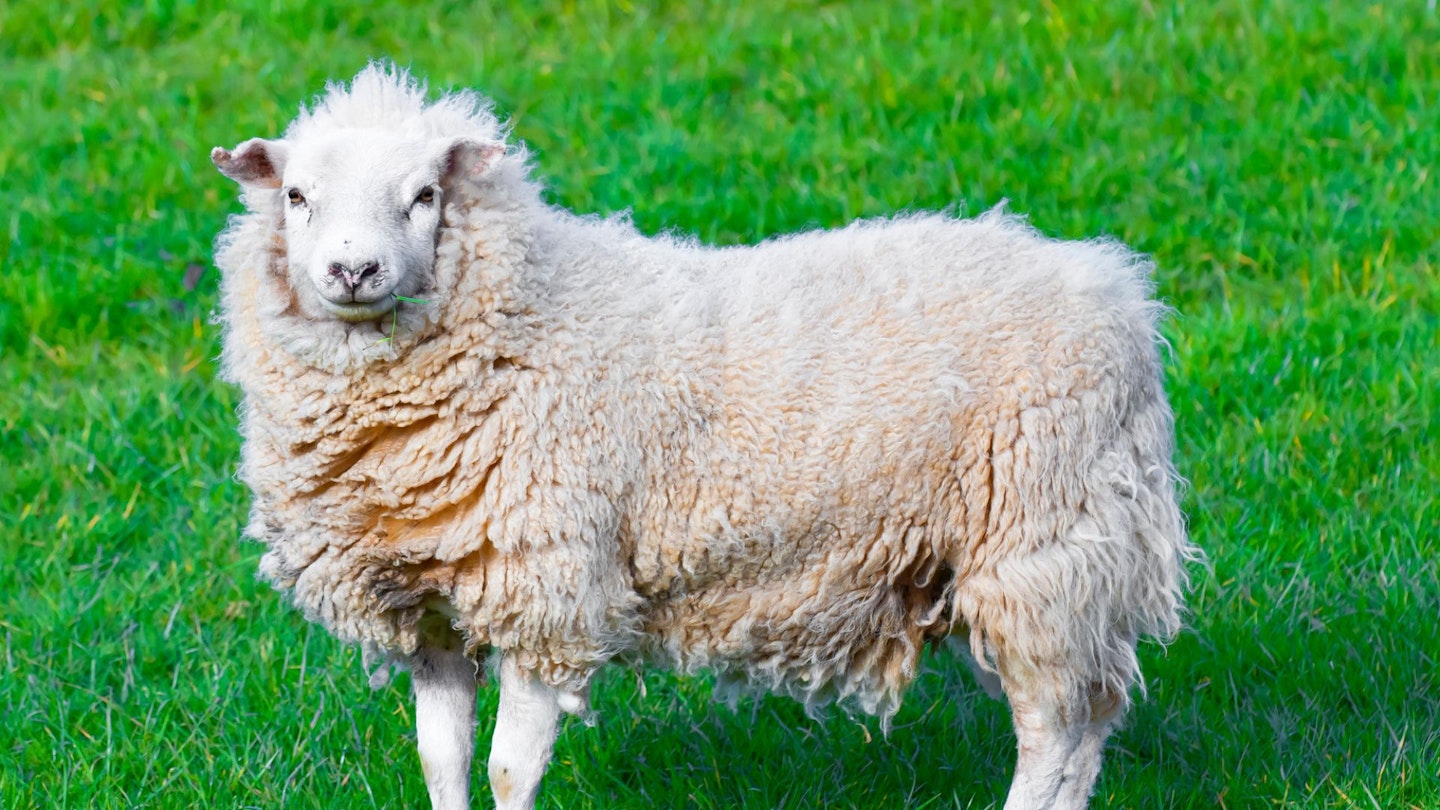
Are you closely acquainted with sheep? Probably not. But if you have ever touched a sheep’s wool or unprocessed fleece, you’ll know it’s usually a bit coarse. This is why everyone knows about the itchy woollen blanket their grandparents own.
But this is generalising wool, and we bet you never thought you’d be accused of such a thing. Certain breeds of sheep, such as Merino, have wool that is much finer and softer than others. Thus, it can be spun into very fine and very soft garments that aren’t itchy.
What makes Merino so good for hiking clothing?
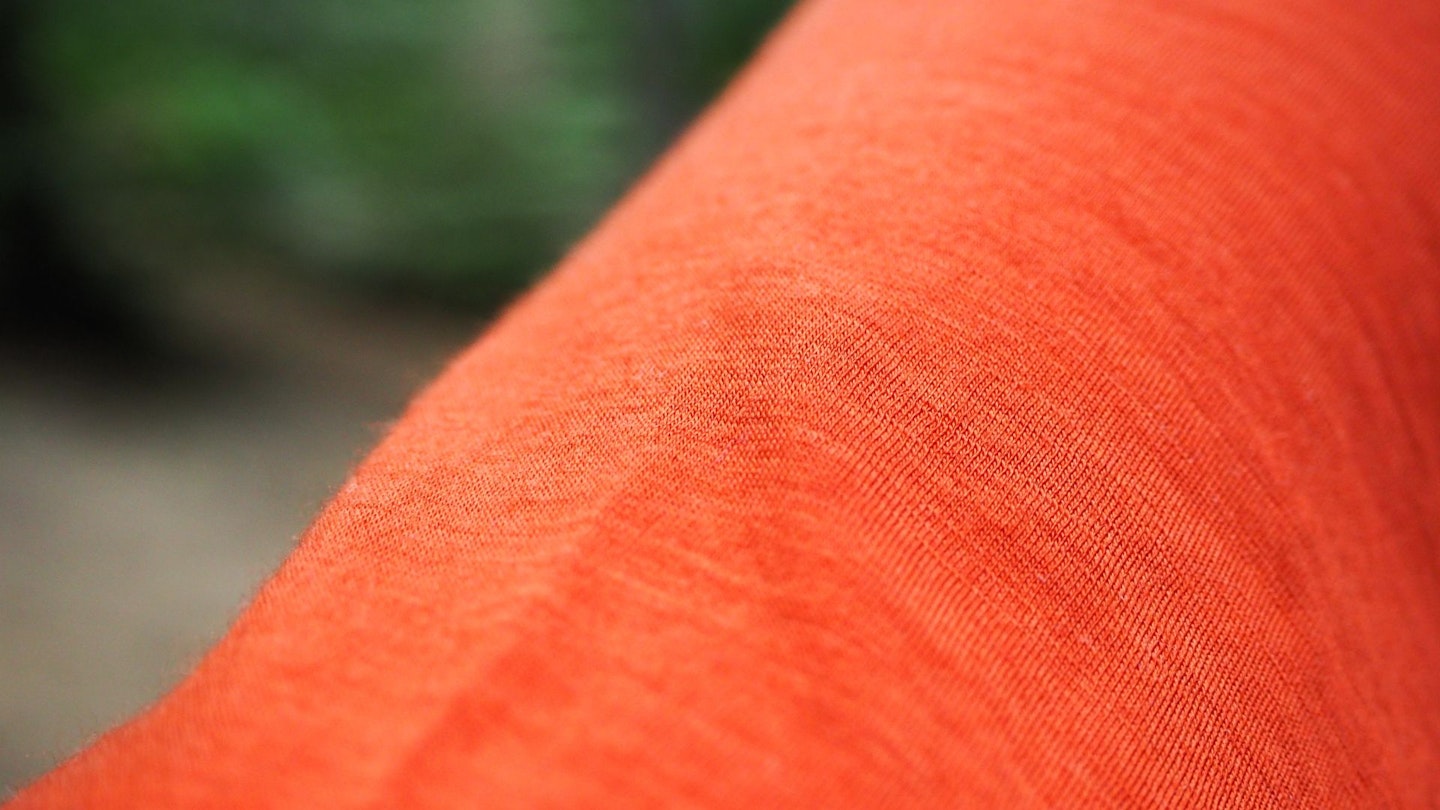
There are many factors that make Merino such a wonderful fabric for hiking and indeed everyday clothing.
Temperature regulation: Rather than merely keeping you warm or cool, Merino wool does a pretty good job at both. Temperature regulation is one of the top advantages of this awesome fibre.
Still warm when wet: Sheep wouldn’t be much good if their wool threw in the towel if it got damp. Merino can keep regulating your body temperature even when it’s damp.
Anti-odour: Merino wool can be worn for longer without starting to smell, thanks to its ability to trap the odour caused by bacteria.
Breathable: Being able to move perspiration away from the body is key to hiking clothing. Merino can do this very well and is a brilliant material for layering.
Soft: Thanks to the very fine fibre of Merino, it can be spun into very fine and soft yarn, which is very pleasant to wear.
Natural and biodegradable: Being a naturally grown fibre, Merino is less impacting on the environment and also biodegradable.
Fire-resistant: Merino is naturally non-flammable and requires very high temperatures to burn (circa 600 degrees Celsius). This is higher than polyester and nylon.
How does Merino compare to synthetic fabrics?
Synthetic fibres have always been playing catch-up to natural fibres, because that’s the benchmark after all. Popular synthetic fibres for base layers are polypropylene and nylon. Like Merino, these keep the wearer warm even if they get damp. They’re also very light and cheap.
However, they aren’t as odour-resistant or as breathable as Merino. Some polypropylene or nylon base layers get an anti-odour Polygiene treatment as compensation. But Merino is still better.
Fleece has become incredibly popular in the hiking world as a mid layer. Fleece is made from polyester and carries the same pros and cons as the polypropylene and nylon fabrics.
One benefit synthetic materials have over Merino is durability. That isn’t to say that Merino is delicate, but it isn’t typically as long-lasting as its synthetic rivals. Fans of Merino wear their wool gear until it’s looking like Swiss cheese, at which point they replace it.
To rectify this, many manufacturers combine Merino and synthetic materials to try and get the best of both. For example, many hiking socks have Merino fibres woven around a nylon thread, so the sock performs like a Merino sock, but benefits from some added durability.
What garments is Merino best suited for?

Merino is best for socks, base layers, t-shirts, and mid-layers. Heavy wool coats might be popular in the world of rustic urban fashion but are a bit chunky for hiking. The lighter garments are best suited to Merino.
You can get Merino hiking and trail running socks of various thicknesses. Base layers and t-shirts are very lightweight. Merino base layers are usually kept relatively thin too and layer very well.
You'll probably notice that Merino is more expensive than other fabrics. This is due to production. Demand always outstrips supply of Merino - it's not a fast-growing fibre. Also, because it's so fine, it's quite labour-intensive to spin into clothing.
The best Merino hiking garments
Best Merino hiking socks
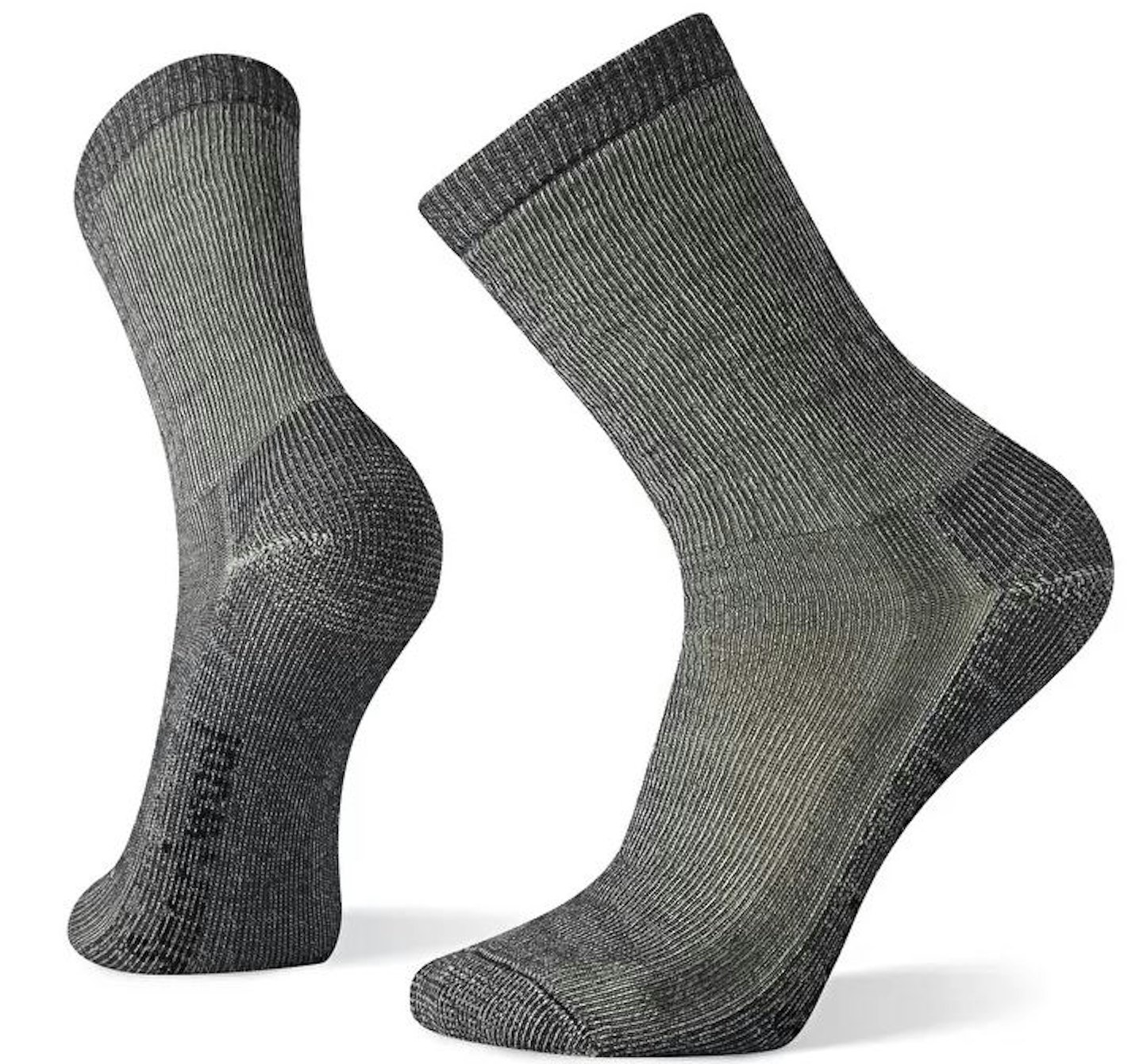
www.cotswoldoutdoor.com
These 3-season hiking socks are ideal for all but the warmer months of the year. They contain mostly Merino but also recycled nylon for added durability and to bring the cost down a bit.
Best Merino underwear
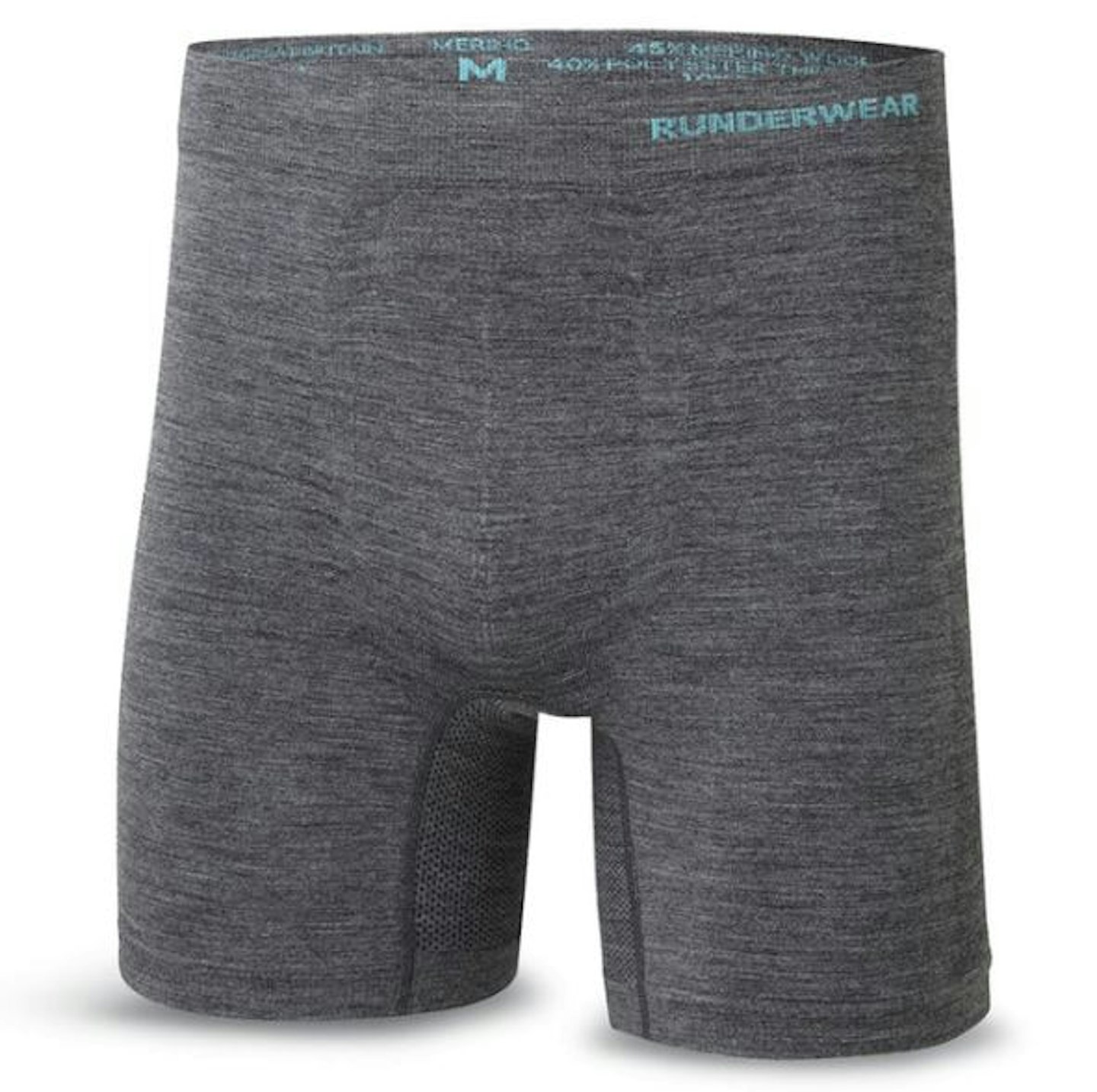
www.runderwear.co.uk
Pricey but fantastic. If you want not just the best Merino underwear but arguably the best underwear full stop, we suggest you invest in these.
Best Merino base layer
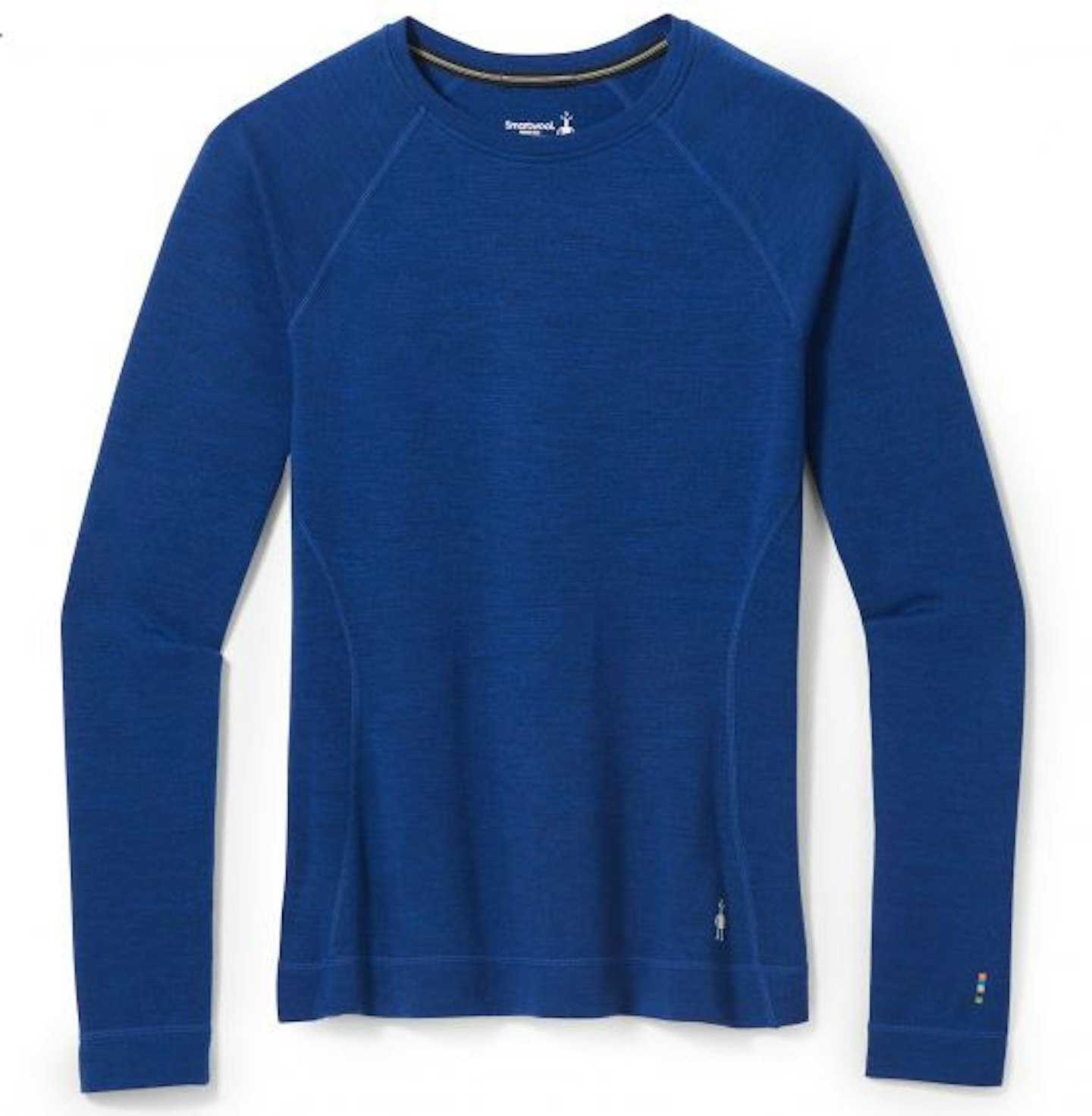
Full, 100% Merino is the way to go with base layers because they're right against your skin and have hard work to do. All the anti-odour, breathability, temperature regulating, and comfort properties of Merino are needed here.
Best Merino t-shirt

www.cotswoldoutdoor.com
As good in everyday scenarios, as it is on a hike, this 100% Merino t-shirt from Icebreaker can be worn on its own or over a base layer.
Bet Merino jacket
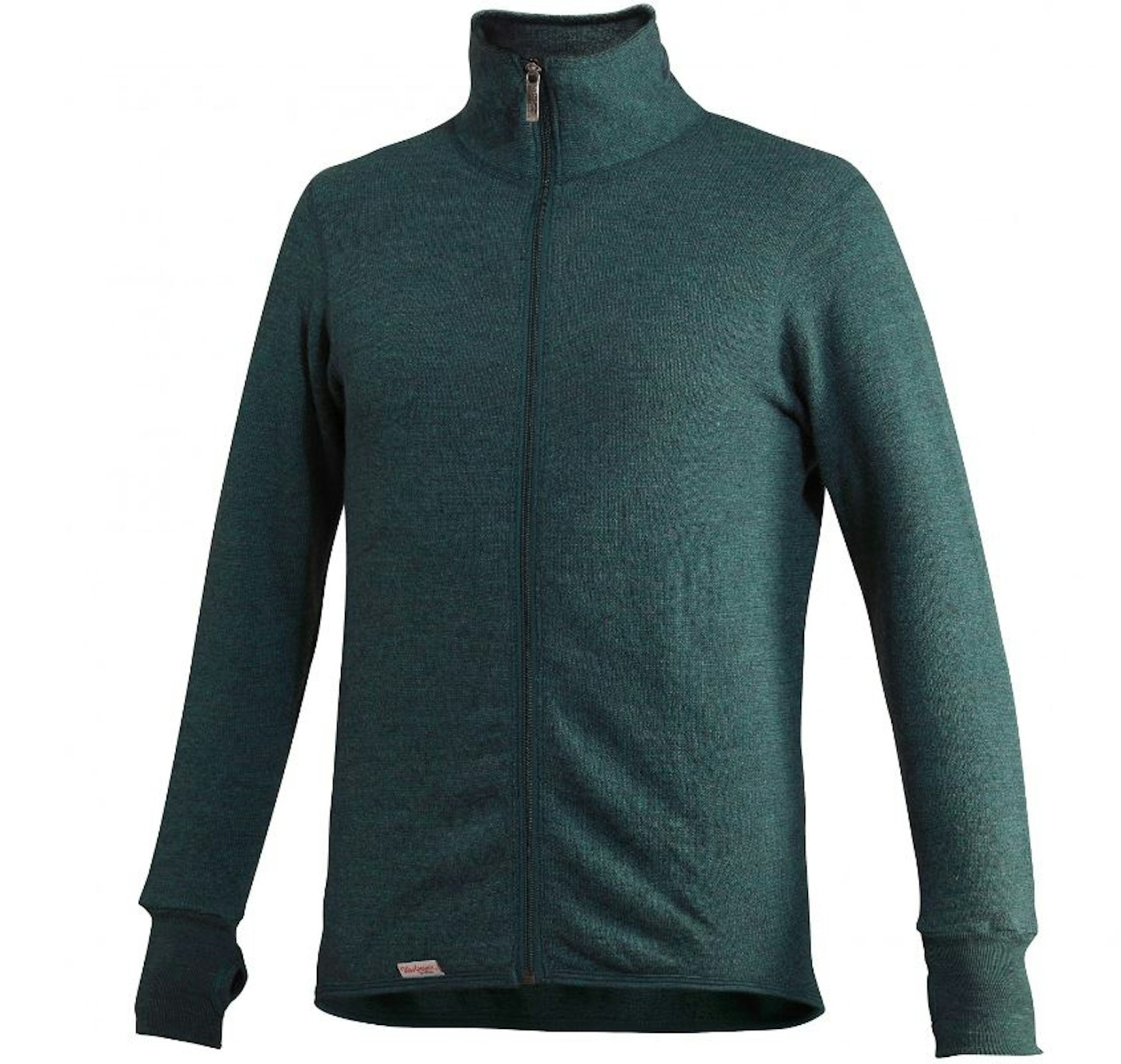
www.alpinetrek.co.uk
For walks in the colder months, you can employ the help of a thicker Merino layer. Woolpower's unisex 400 jacket is a great mid-weight option that uses some polyamide for extra stretch and comfort. It's very stylish too, so you can wear it anywhere.
How to wash Merino clothing
Clean Merino in the washing machine, but on a cold cycle no warmer than 30 degrees. Just refer to the care instructions on the label if you're unsure.

